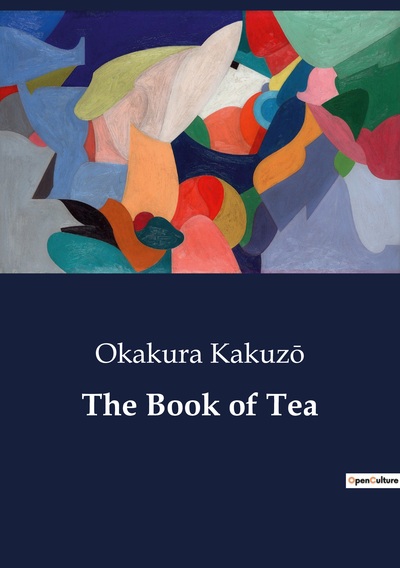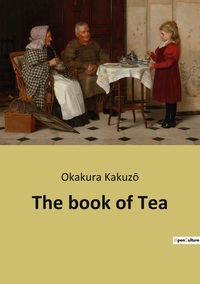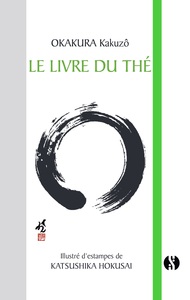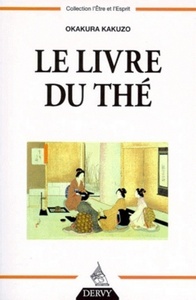Nous utilisons des cookies pour améliorer votre expérience. Pour nous conformer à la nouvelle directive sur la vie privée, nous devons demander votre consentement à l’utilisation de ces cookies. En savoir plus.
The Book of Tea
EAN : 9791041804429
Édition papier
EAN : 9791041804429
Paru le : 11 juin 2023
9,90 €
9,38 €
Disponible
Pour connaître votre prix et commander, identifiez-vous
Notre engagement qualité
-
 Livraison gratuite
Livraison gratuite
en France sans minimum
de commande -
 Manquants maintenus
Manquants maintenus
en commande
automatiquement -
 Un interlocuteur
Un interlocuteur
unique pour toutes
vos commandes -
 Toutes les licences
Toutes les licences
numériques du marché
au tarif éditeur -
 Assistance téléphonique
Assistance téléphonique
personalisée sur le
numérique -
 Service client
Service client
Du Lundi au vendredi
de 9h à 18h
- EAN13 : 9791041804429
- Réf. éditeur : 292525
- Date Parution : 11 juin 2023
- Disponibilite : Disponible
- Barème de remise : NS
- Nombre de pages : 70
- Format : H:210 mm L:148 mm E:4 mm
- Poids : 104gr
- Résumé : The Book of Tea, one of the great English tea classics, is a long essay about the connection between teaism, Taoism, and the aesthetics of Japanese culture. It was written by Okakura Kakuzō in English and was published in the United States in 1906. The essay targets a Western audience and seeks to explain the importance of tea in Japanese culture, not just as a beverage, but as a form of art expressed in different aspects. After a brief introduction of the Western attitude towards tea, Okakura demystifies the admiration of the Japanese people for this green plant by presenting the different schools of tea, its connection to Zen philosophy, and how it has affected the arts. The famous tea ceremony and its rigid formalities are explained, together with the contributions of the great tea-masters. The Book of Tea is considered by many to be one of the first books to introduce Eastern culture and philosophy to the Western world. This was possible due to Okakura's early contact with the English language and Western thought, but also due to his later involvement in the Asian art division of the Boston Museum of Fine Arts, which he came to head in 1910.





